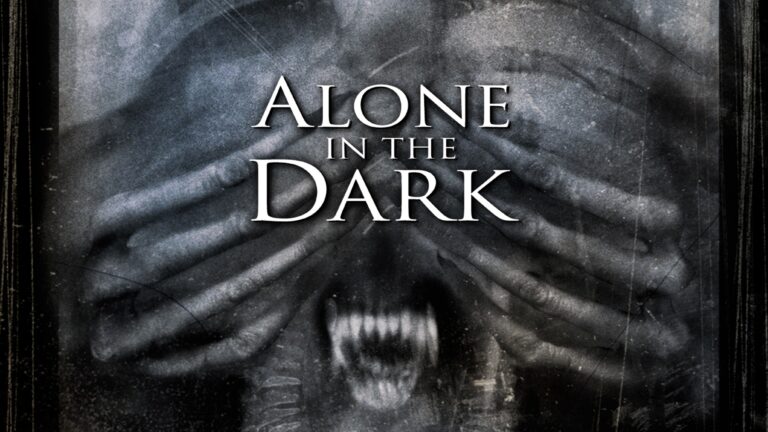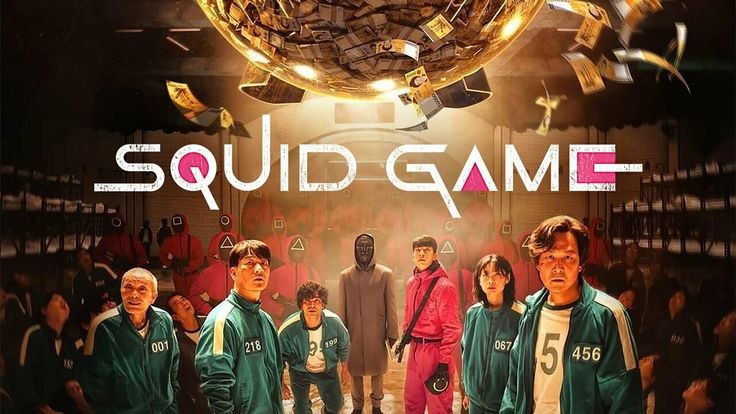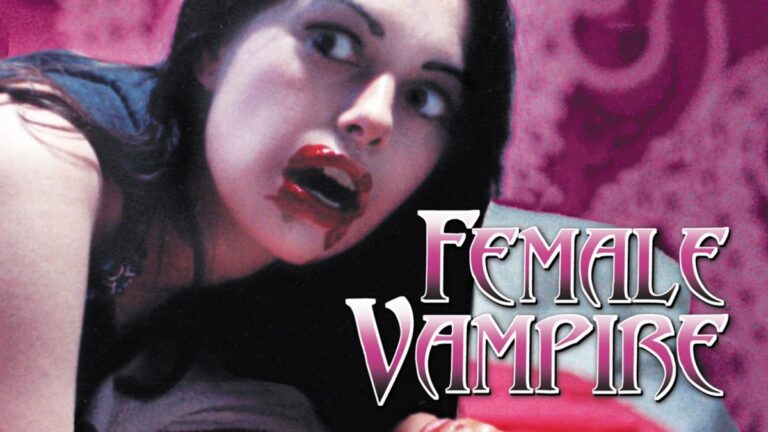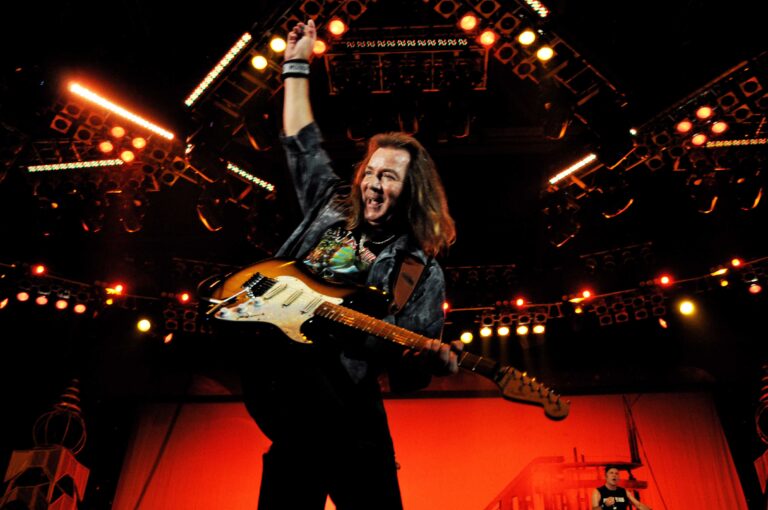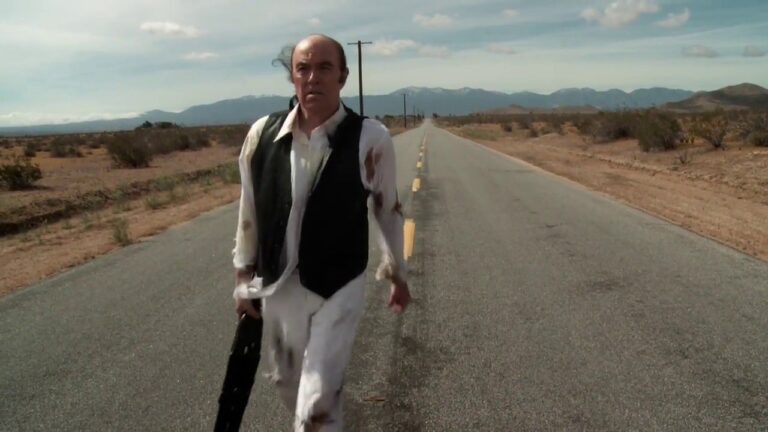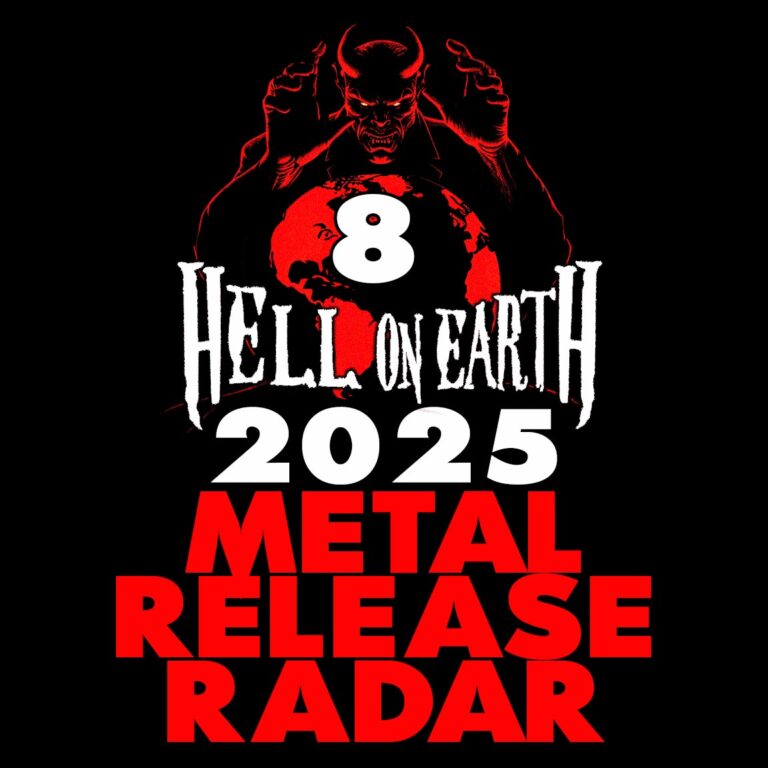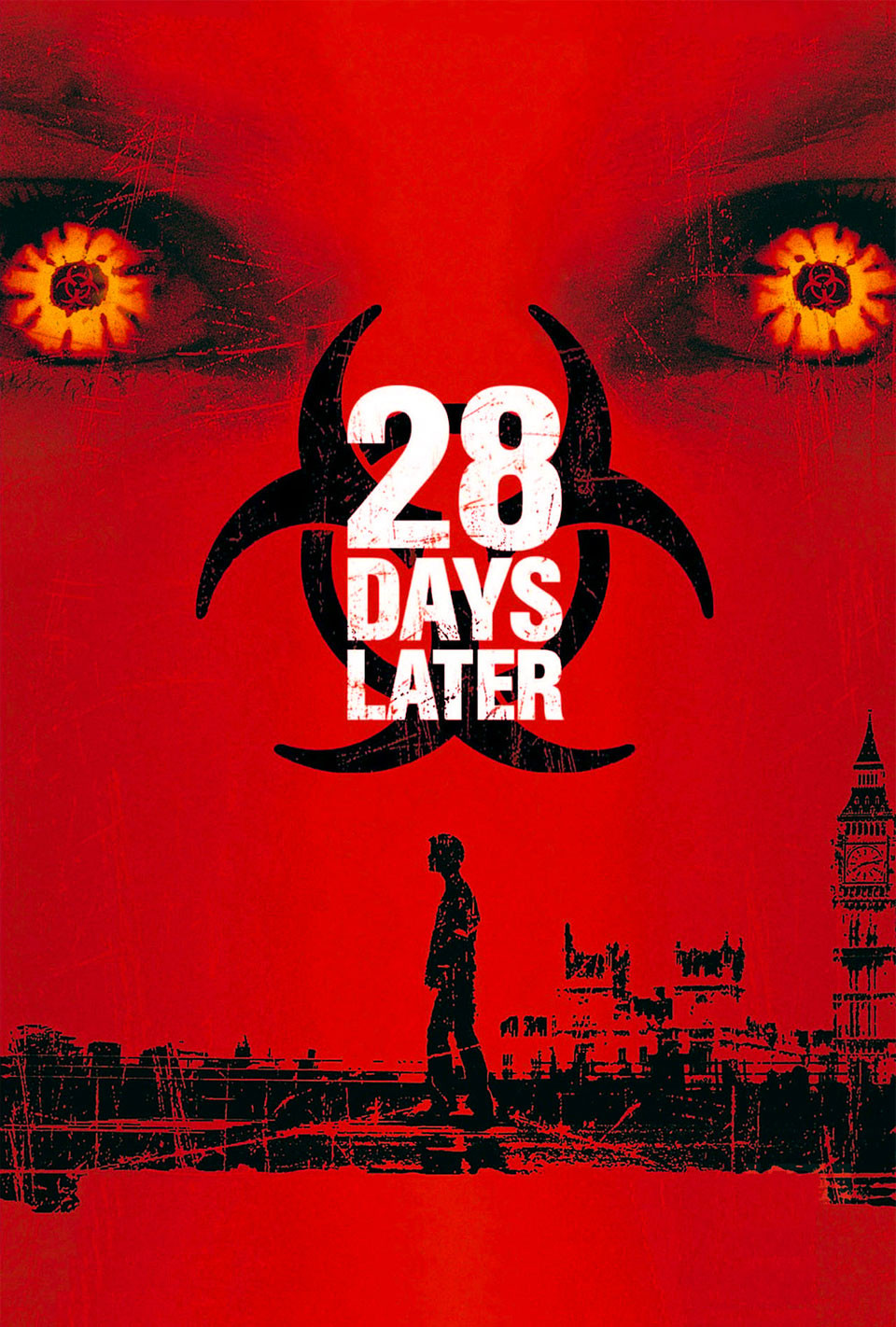
A group of animal rights activists attack a research laboratory. Monkeys are used as test subjects and infected with diseases. What the animal activists don’t know is that the virus they are infected with drives them clinically insane, and blood infection will spread the contagion further. 28 days later, Jim wakes up from a coma and finds London as a deserted and empty city.
Danny Boyle, known for “Trainspotting,” tries his hand at an apocalyptic tale of a virus-infected world where paranoia and fear lurk around every corner.
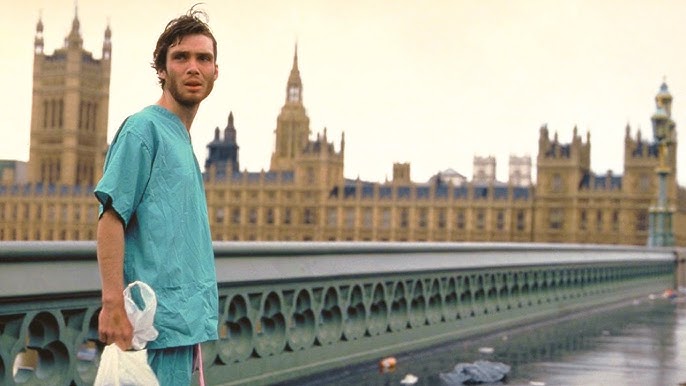
The film has much in common with George A. Romero’s Zombie trilogy, in terms of mood and the apocalyptic emptiness and senselessness feeling. At the same time, it is a small group of people fighting for survival. But “28 Days Later…” is not a typical zombie film of its time, so completely different rules apply; this is a virus spread by blood, and the victims go crazy and out of control. Thus, it is a film about illness, and thoughts turn to David Cronenberg and his “Rabid,” among others. The film also deals on a deeper level with humans’ relationships with each other and trust between us. Many expecting a bloodbath of a film might be disappointed in that aspect, as the film has many elements to it and is not just mindless entertainment. Visually, the film is very modern for its time. It looks at times a bit overproduced, and realism disappears. Otherwise, both direction and acting are of good quality, and calling the film a modern classic is well deserved. In 2007, the sequel “28 Weeks Later” was released, which is almost as good and a worthy successor.

